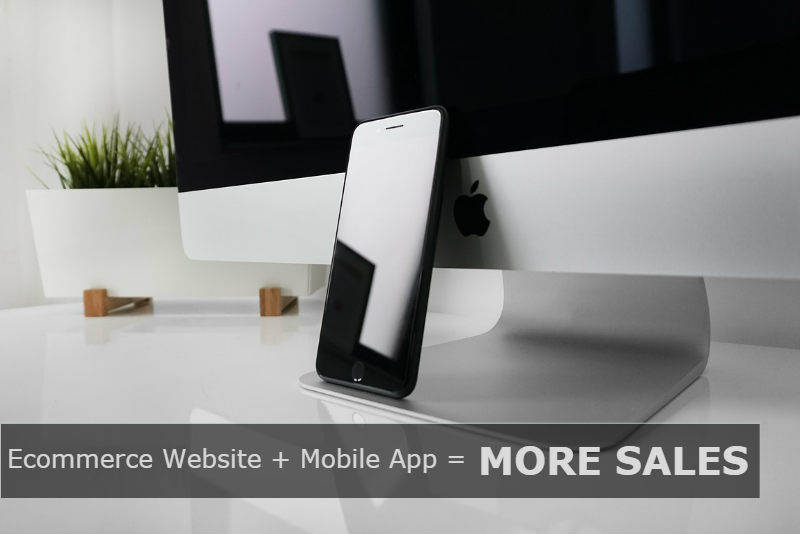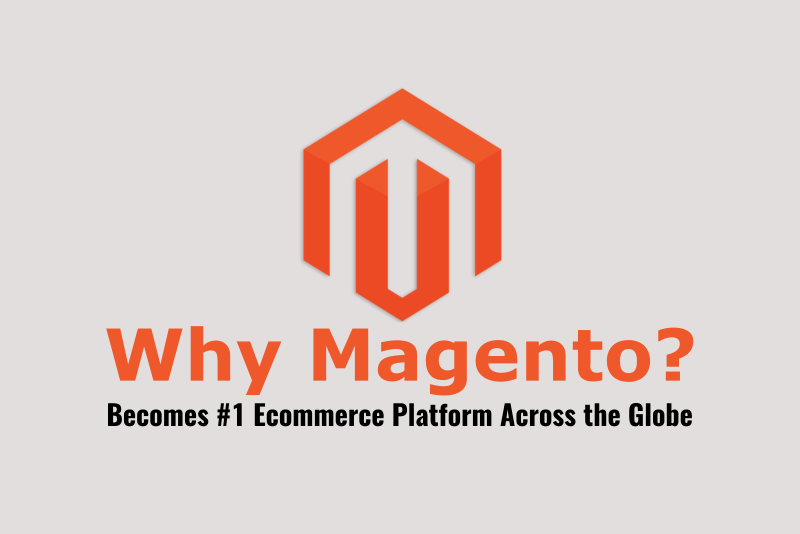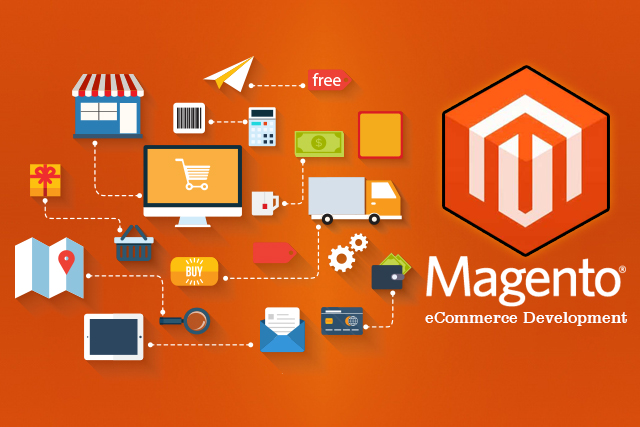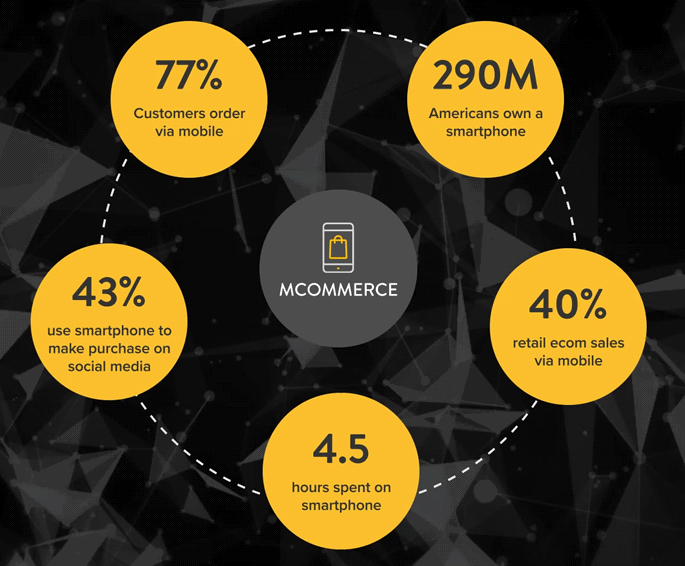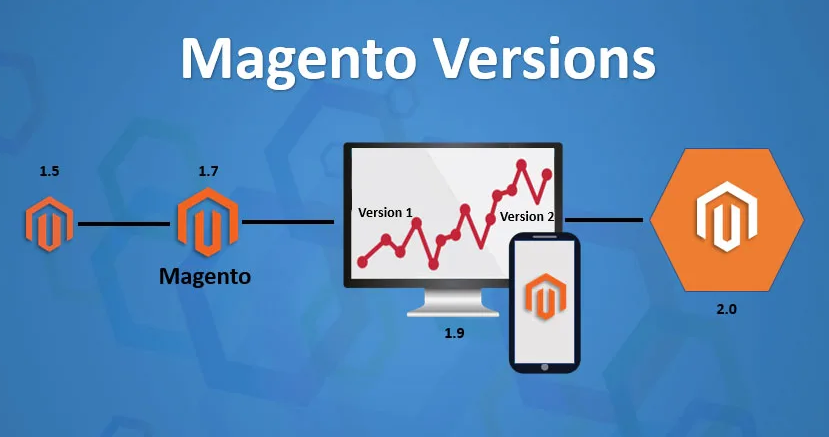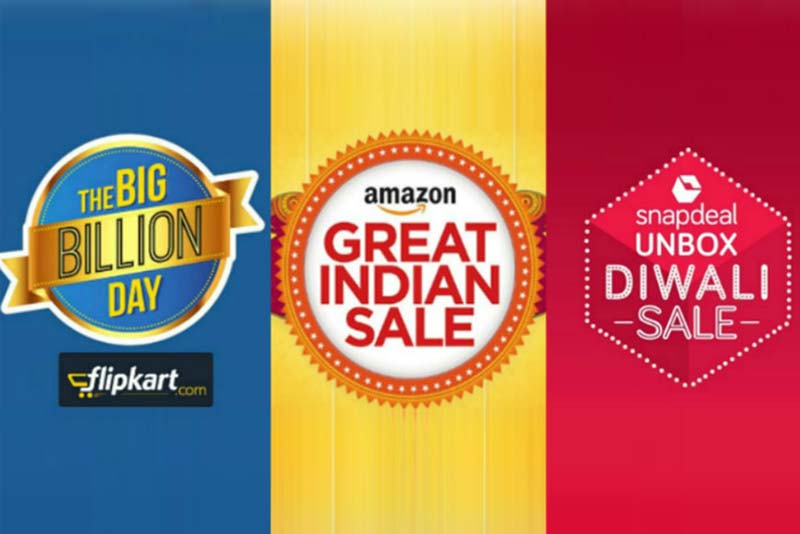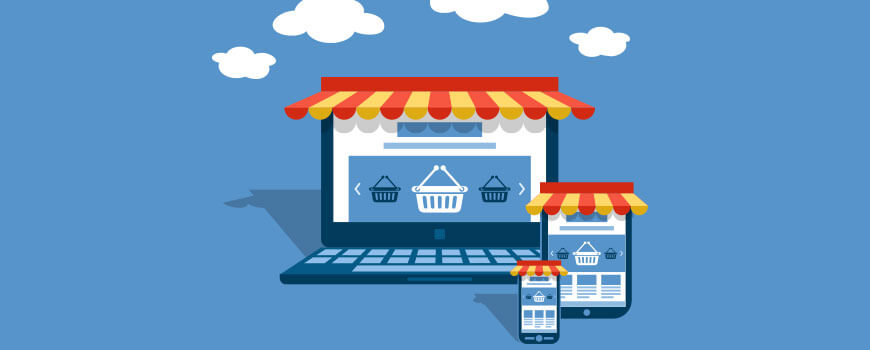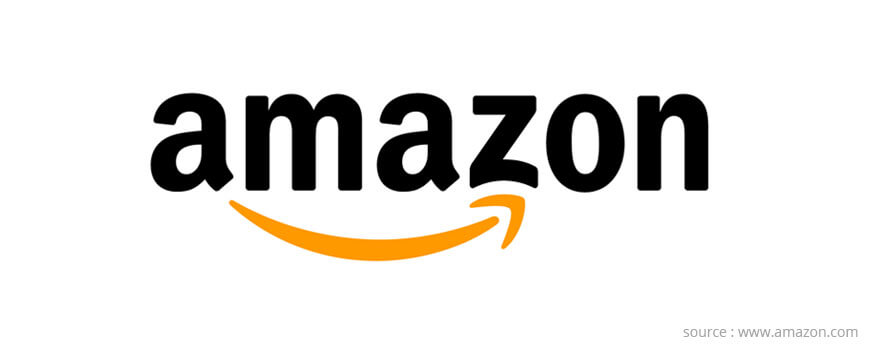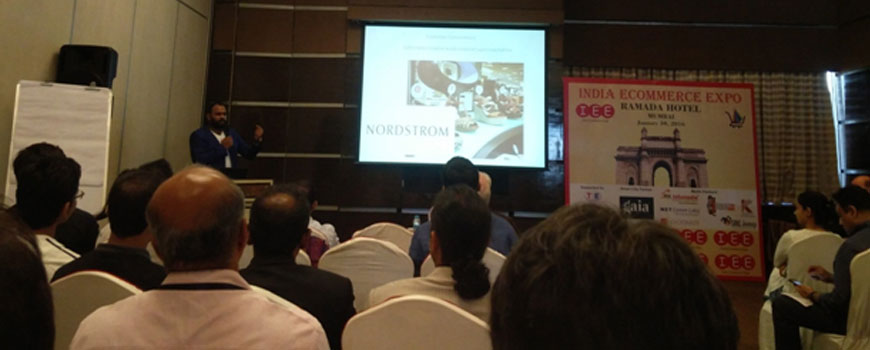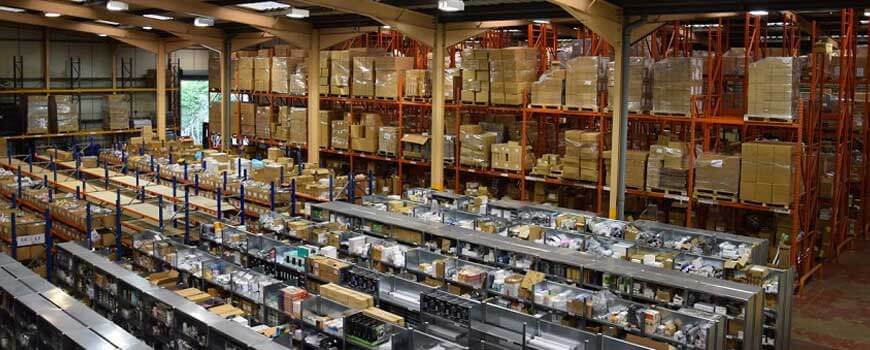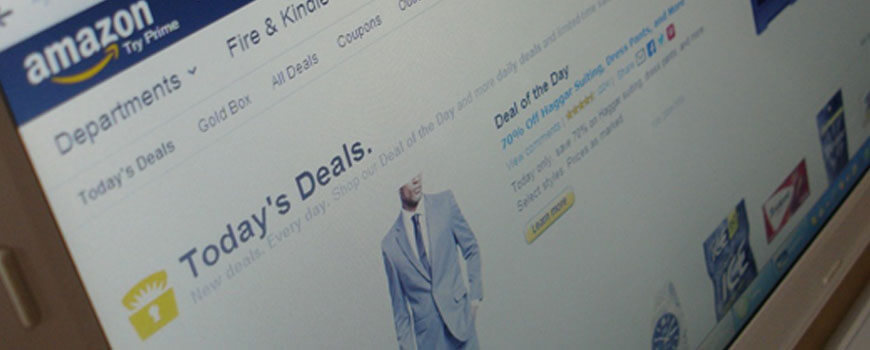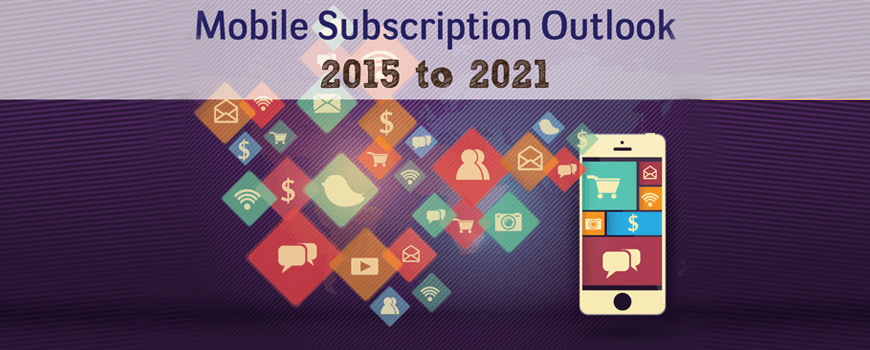Ecommerce is the future. It came late but revolutionized almost every industry. The reason behind ecommerce catching up is the customer-centric approach; making life easier and saving time over brick and mortar shopping. The industry is booming and the numbers of mobile shoppers are increasing almost every day. If you are looking for a choice between eCommerce website and mobile app, Read out the 7 reasons why you should have both of them:
#1. Your Customers Prefer Both
Normally before buying any product online, customers research the same brands at many places. In between there are competing brands that are trying to attract customers. Having an eCommerce website as well as mobile app gives you major touch points where you can attract customers. Moreover, normally a customer journey starts from mobile app or mobile browsing, generating interest and ends at desktop with buying the product. Leaving any of these points can results in lower sales and profit for your business.
Additionally, research suggests that consumer prefers mobile apps. As per a study, 89% of consumer media activity occurs on mobile apps. Not only can the right app help in attracting loyal customers, but it can also reward them with a more convenient and interesting experience. Mobile commerce also accounts over 35% of eCommerce sales. Thus, it is pretty clear that both have profound place in eCommerce industry.
#2. Better Conversion Rates
Businesses using both are likely to receive better conversion rates in terms of product buying and customer loyalty. Both mobile app and eCommerce website facilitates journey of customers in different areas of sales process. Covering up each other at different stages of buying decisions, one can’t trade off other at any cost.
#3. Increased Marketing Options
With a single channel of promotion, obviously there are limitations in terms of marketing also. With multiple channels of communication, various promotional tools like Push Notifications, App only Discounts, Cashback etc. can be used. While remarketing ads or transactional mails can work best for desktop savvy customers, push notification do the same for mobile customers. Customers these days need some marketing push at each sales funnel stage which is not possible via only one option. This simplifies why there’s no choice between mobile app and eCommerce website.
#4. During Downtimes, One can Work with Another
Technical glitches are part of websites, data backup, recovery and storage. Though most of the people just talk about customers’ journey, simplifying user experience, this is one of the major reasons, you should choose both. When you are hosting a website, many a times server go down or encounter some other problem. Presence of mobile app during the same time can prevent from losing your customers or reducing the chances of brand switch.
#5. Offers Distinctive Benefits
Both mobile app and eCommerce website offers distinctive benefits. Mobile app promotes brand loyalty among customers where eCommerce website provides advantage among thousands of eCommerce businesses. Many businesses like Myntra even tried to do away with website and run on mobile app, but failed and therefore had to start again with their ecommerce websites. This shows how you cannot leverage proper benefits of marketing without combined strategy for both.
#6. Better Marketing Strategies
With app and eCommerce website, better marketing strategies can be developed. These strategies can make you ahead of your competitors. The good part about these strategies is they are interlinked, so there’s no need to pay extra to promote them differently.
#7. No Extra Cost in Developing Both
These days, there are many software companies that build both app and e-commerce website at nominal cost. They also provide features such as push notification, payment methods, deep linking, customization and many more. MobiCommerce is one of them. With more than 500+ customers it has a huge client base catering every industry. Check out the portfolio.
Summarizing It:
The debate still continues which wins over another, but we suggest you to check for yourself by trying both app and eCommerce website for your business. If you already own a website, also try for mobile app and see how it contributes to your sales and bottom line.
